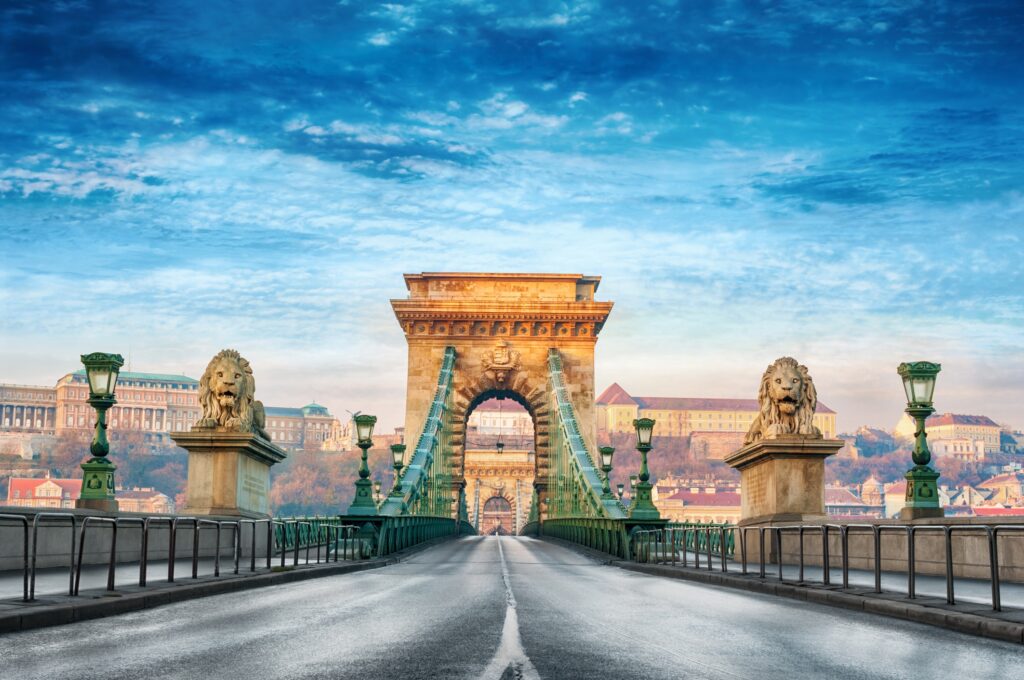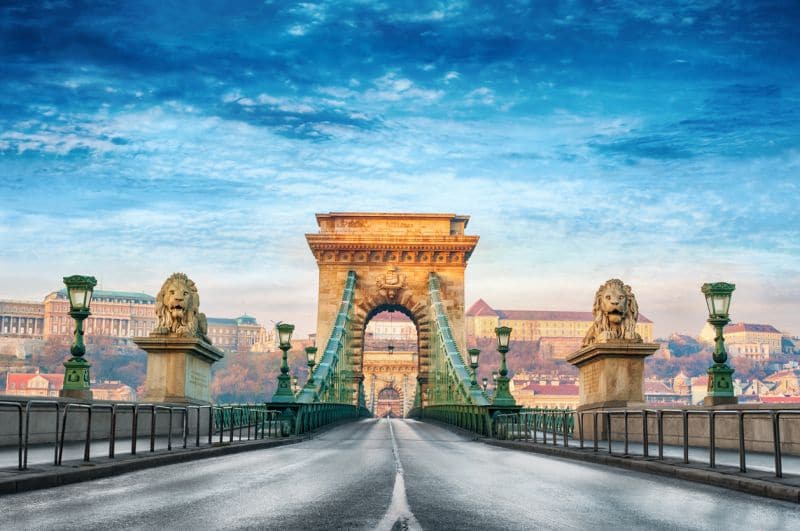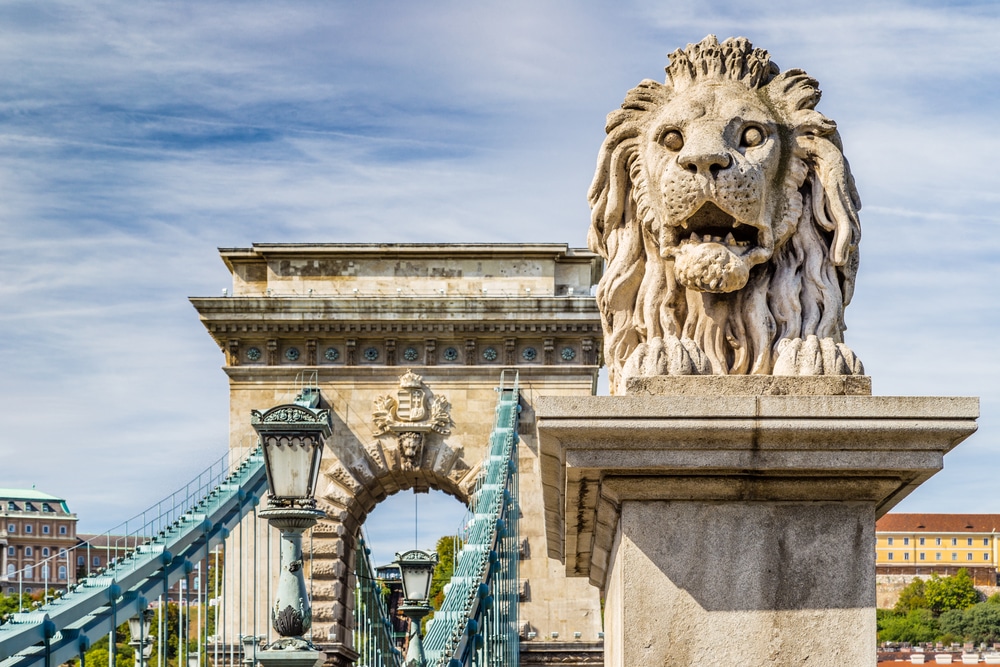If you have ever been to Hungary, you must have heard the name Széchenyi. You meet this name while you are visiting the famous Chain Bridge, Science Academy, National Museum, Széchényi Library, or the Castle Funicular even if not all these historical monuments were built thanks to the same member of this noble family. The father of the greatest Hungarian politician in the 19th century count Ferenc Széchényi offered his unique book and document collection to the Hungarian nation in 1802.
Due to his office, the family lived in Vienna, so István, his two brothers, and two sisters spoke better German than Hungarian. István the youngest son, in fact, always wrote his diary in German, even if he studied so much to be able to correspond in Hungarian and publish his books in his native language.

The count travelled many in Western Europe and seeing the difference between countries like France, England, and Hungary, he decided to help his motherland. The first step on this path was the foundation of the horse races and of a club thanks to the Austrian emperor Francis 1st and to the governor of Hungary archduke Joseph.
Later, in 1825, the count offered his income of one year (approximately 60 000 forints) in the Hungarian diet for building the Science Academy where the Hungarian noblemen, who lived in Austria, could study their native language. Then, other members of the aristocracy, like count György Andrássy and count György Károlyi offered more thousand forints, and six years later, the society started its work. The beautiful Neorenaissance palace, that you can admire at the Széchenyi square nowadays, was built in 1865.
In 1827, count István Széchenyi advised to build a national casino where the economic and political arguments could be in focus. By the beginning, the casino had 45 members, at the end of the century more hundreds. The most famous members were Rudolf the crown prince of the Austro-Hungarian Empire and Albert Edward, Prince of Wales. The casino helped the researches of the Hungarian national identity.
The most known historical monument, that is attached to the name Széchenyi, is Chain Bridge. The construction began in 1842 and the bridge was open to the public on 20th November 1849. The architect was the Scottish Adam Clark to whom the emperor Ferdinand 5th offered also the noble title. Széchenyi Chain Bridge became the symbol of the unification of Pest, Buda, and Óbuda in 1873 as it was the only bridge between the two sides of the Hungarian Capital (the second bridge, Margaret Bridge was built between 1872 and 1876). Unfortunately, István Széchenyi could never see the ready bridge named after him.
Due to all these efforts for helping Hungary, Széchenyi was nominated for minister of transports during the revolution 1848-49. As he was not radical and did not agree with the revolt against the Austrian Empire, he kept his nomination only for five months. During these five months he tried to find continuously an entente and make peace with the Hapsburg Dynasty, since his wife countess Crescence Seilern was Austrian as well. Széchenyi lost contact with the reality more and more, went mad, and after 1849, he lived in a mental institution. The count died in 1860 and was buried in the crypt of his family in Nagycenk.

His younger son Ödön founded the National Association of Firemen, the Budapest Association of Boatmen and the Association of Merchants. The construction of the Castle Funicular in 1870 is attached to his name as well. This funicular was the second one in Europe, and nowadays, it is a World Heritage Site of UNESCO
source: fromhungarywithlove
Vocabulary
| Castle Funicular | Budavári sikló |
| noble | nemes |
| count | gróf |
| Due to | valami miatt |
| to correspond | levelezni |
| path | út |
| foundation | megalapítás |
| emperor | uralkodó/császár |
| governor | kormányzó |
| archduke | főherceg |
| Palatine of Hungary | Magyarország Nádora |
| to offer | felajánlani |
| income | jövedelem |
| approximately | körülbelül/hozzávetőleg |
| noblemen | nemesember/főnemes |
| to admire | megcsodálni/ámulva bámulni |
| to advise | javasolni/tanácsolni |
| arguments | viták/érvelések/szóváltások |
| researches | kutatások |
| to attach to | kapcsolódik/fűződik valakihez |
| construction | építés |
| architect | építész/építészmérnök |
| unification | egyesülés/egyesítés |
| efforts | erőfeszítések/törekvések |
| to nominate for | kinevezni valaminek |
| revolution | forradalom |
| to agree with | egyetérteni |
| to revolt against | lázadni valami ellen |
| entente | antant/megegyezés (államok között) |
| Hapsburg | Habsburg |
| countess | grófnő |
| Association | szövetség/egyesület/társaság |






